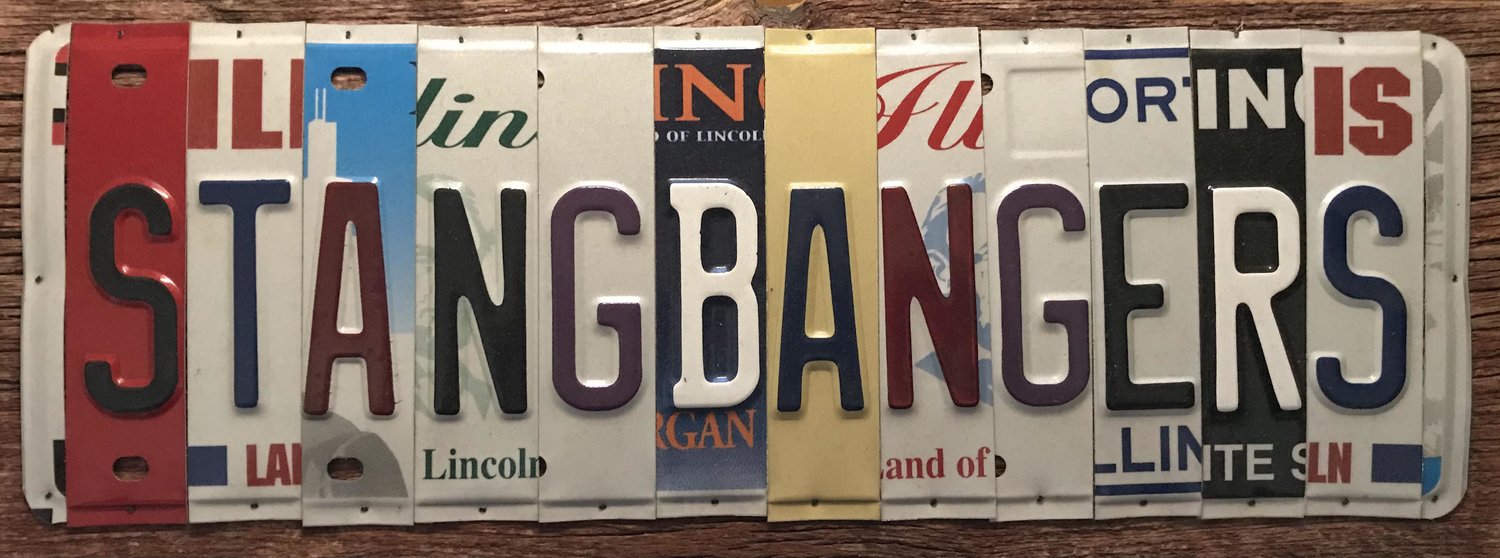It's 4/29: Let's Celebrate The Boss 429 Ford Mustang!
The Boss 429 V8 engine is a homologation legend of the Muscle Car Era.
Today we celebrate arguably one of the most iconic engines the Blue Oval ever built. We are of course talking about the Boss 429 V8 engine, and the Boss 429 Mustang that was used to homologate the motor for NASCAR racing. Here’s what you need to know about this big-block masterpiece.
The story of the Boss 429 V8 engine actually starts with the Lima V8 series of motors. These engines are also known as the 385-series due to the stroke of the 460 big-block Lincoln engine. The motors debuted for the 1968 model year, and would serve as the basis for the Boss 429 V8 we’ve come to adore. Like SOHC Cammer V8 we celebrated on April 27, the Boss 429 V8 was designed to combat Chrysler’s Hemi engines in NASCAR at the time. In fact, Ford’s 429 featured semi-hemispherical combustion chambers of its own, and the company even considered naming it the Twisted Hemi, but that never came to fruition. Unlike a traditional Hemi layout, the 429 saw its valves rotated about 30 degrees, as well as the addition of compression pads that reduced the overall hemispherical shape of the chambers.
All Boss 429 V8 engines featured a cast block, aluminum heads, a forged crankshaft, and a no-gasket design. In place of a traditional head gasket, the motors utilized Cooper rings and O-rings to seal off the various engine channels, which increased durability during racing applications. The early 820-S series engines also featured a hydraulic camshaft, magnesium valve covers and heavy-duty NASCAR-spec connecting rods. Only 279 of these S-code engines were ever built, after which the later 820-T engines arrived with a mechanical camshaft, aluminum valve covers and upgraded street-spec rods. A Holley four-barrel carb was responsible for fueling the motors. Power output was rated at 375 horsepower 450 lb-ft of torque in Boss 429 Mustang spec.
(photo credit: Mecum)




